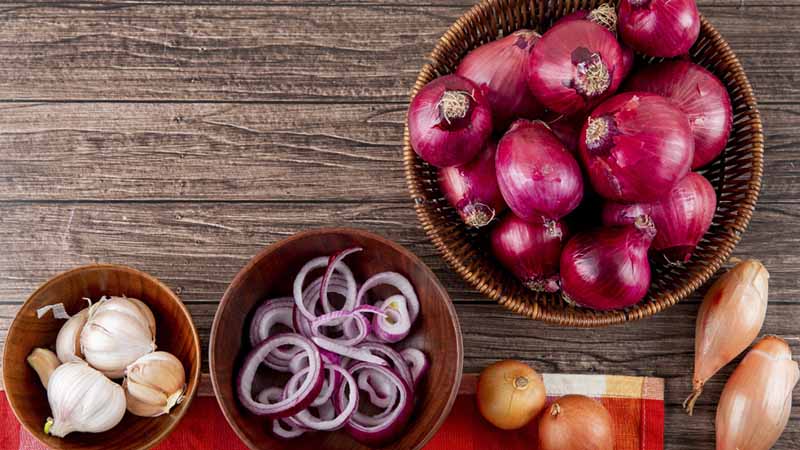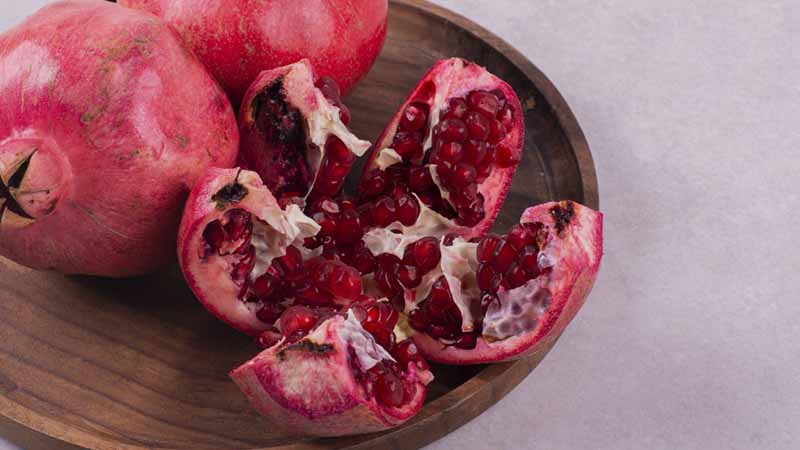Foods You've Been Eating The Wrong Way All This While
27 months ago
4 minute read.

Food is a fascinating world filled with flavors, textures, and endless culinary possibilities. We all have our favorite dishes and snacks that we indulge in, but what if I told you that you might have been eating some of them wrong all this while?
Food is an integral part of our lives, bringing joy and nourishment. Eating is not merely a means of nourishment; it's an art form, an adventure for the senses. And just like any art form, it's essential to learn the techniques and tricks that enhance the experience. However, sometimes we might not get the most out of our meals because of the way we eat certain foods.
In this blog, we'll explore ten common foods you may have been eating incorrectly and provide you with tips on how to maximize their flavor, nutritional value, way of eating and overall dining experience.
Also check: Practicing food safety at home
1. Bananas

Instead of peeling a banana from the stem end, try the "monkey method." Flip the banana upside down and gently squeeze the bottom, causing it to split open easily. This method allows you to peel the banana from the bottom, eliminating any stringy bits that may get stuck to the fruit. The banana will peel more smoothly, and you can enjoy it without any annoying fibers.
2. Onions and garlic

Resting onions and garlic after cutting or crushing is often overlooked, but it's crucial for enhancing their flavors and reaping their health benefits. When these ingredients are chopped or crushed, enzymes are released, leading to the formation of potent volatile compounds that give them their characteristic taste and aroma. By allowing onions and garlic to rest for a few minutes before cooking or consuming them, the enzymes have time to interact, resulting in more complex and desirable flavors. Take this simple step to elevate the taste and aroma of your culinary creations.
Also check: Food leftovers 101: A safe guide to keeping and tossing leftovers
3. Pomegranates

Opening a pomegranate can be daunting, especially if you want to extract the seeds without making a mess. Start by scoring the fruit horizontally around its equator, careful not to cut too deeply. Gently break the pomegranate open along the scored lines, using your hands. With the fruit held upside down over a bowl, tap the back with a spoon. The seeds will dislodge and fall out easily, separating from the pith with minimal effort. This method saves you from struggling to extract the seeds and makes enjoying the juicy and vibrant pomegranate seeds a breeze.
4. Not eating the pineapple core

While it may have a slightly different texture, the core contains a valuable enzyme called bromelain, known for its anti-inflammatory properties. So, the next time you slice a pineapple, instead of discarding the core, consider utilizing it to gain those extra health benefits. You can chop the core into smaller pieces and blend it into smoothies or incorporate it into recipes where its texture won't be as noticeable. By doing so, you can enjoy the nutritional advantages of the pineapple core and make the most out of this delicious fruit.
5. Dried and fresh herbs are the same

It is a common misconception that fresh and dried herbs are equally nutritious and interchangeable in cooking. In reality, fresh herbs offer distinct advantages in terms of aroma and potency, especially when combined with ghee or butter for added flavor enhancement. On the other hand, dried herbs are particularly useful for marinating, as they blend seamlessly with salt and other spices, facilitating a harmonious integration of flavors.
Also check: Tips to store herbs & spices effectively
6. Boiled Vegetables

While boiling can soften vegetables and retain some natural flavors, it can also cause the loss of water-soluble nutrients. To make the most of boiled vegetables, use minimal water, avoid overcooking, save the cooking water for other uses, and enhance the flavor with seasoning or herbs. Consider incorporating other cooking methods like steaming or roasting to enjoy a variety of flavors, textures, and nutrients in your vegetable-based meals.
Conclusion
Eating is not about satisfying our hunger but also about experiencing the flavors and textures of different foods. By adopting these simple tips and techniques, you can enhance your culinary adventures and make the most of the foods you've been eating wrong all this while. Embrace these changes and let your taste buds rejoice in the newfound joy and deliciousness that await you!
Leave a Comment
Related Articles
Health Checks @ Home
Service
Explore
© 2025 Truworth Health Technologies Pvt. Ltd.





